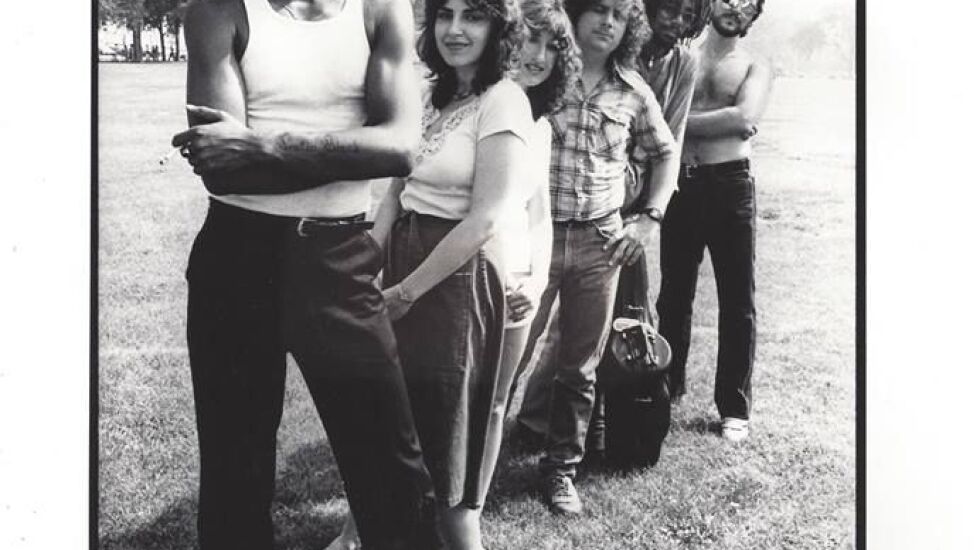
How do you immortalize music? Bradley Parker — also known as Bradley Parker-Sparrow — has done it on vinyl, cassette, CDs, even 8-tracks. And, oh, yeah, the jazz musician also has had the titles of his first four albums inked into his skin.
The first of those tattoos pays tribute to the first album he released, “Latin Black.” The album was released in 1979, when Parker-Sparrow says his genre was thought by many to be passé.
“Jazz was thought of kind of passé and boring because you couldn’t dance,” Parker-Sparrow says. “I couldn’t find a label. So I started my own label.”
In a time in which rock and roll was king, Parker-Sparrow says he wanted to come up with a way to get people to pay attention to his jazz album. That’s where the idea for a tattoo was born.

“At that time, everybody didn’t have tattoos,” he says. “It was considered more of a macho thing. I figured I’d just get the tattoo, and I’d get some press.”
“I had the tattoo done because a sense of theater has to be added to Jazz,” a then-25-year-old Parker-Sparrow told the Chicago Sun-Times in 1980. “Jazz has gotten too intellectual. This is to dust the new wavers who are always doing something to themselves. I’m told it will start to fade in 10 years.”
Four decades later, the ink is worn but not faded.

Parker-Sparrow, now 69, got three more tattoos for his next three albums — “Sparrow AM/FM” (1982), “The Desert Rat” (1991) and “Solo” (1995).
“When I perform, I’m always very outgoing,” he says. “I like Cab Calloway. I like putting on a show.”
After starting his own label, Sparrow Sound Design Recording Studio and Production Facility, in 1977, Parker-Sparrow also was the city of Chicago’s composer-in-residence from 1979 to 1980. He’s still a parter in two other labels: Southport Records and Northport Records.
Parker-Sparrow’s tattoos were done by now-retired tattoo artist Dale Grande, who owns Chicago Tattooing Company, 1017 W. Belmont Ave.
“In a way, it’s a visualization of the music,” Parker-Sparrow says. “You write a song, you tool it, and you’ve got it, it’s more fixed as a tattoo. It’s kind of like experimenting visually with your body.”

Grande says the visualization and then realization of either a composition or a tattoo are impressive art forms.
“I admire all these people that can compose music and write lyrics and all that stuff and put it together,” Grande says. “If you want to correlate it with tattoos, to put those designs in your head together and then put it on somebody’s skin, it’s an amazing thing to do.”
With a career spanning decades — and about two dozen more albums — Parker-Sparrow says he had to cut off the ink at four tattoos and doesn’t plan on getting more.

Parker-Sparrow says his tattoos give him a sense of nostalgia.
“They remind me, now that I’m older, it’s like all the sudden you’re an adult,” Parker-Sparrow says. “It reminds me of the time that surrounded the tattoo with my wife, my friends, my bandmates at the time.”







